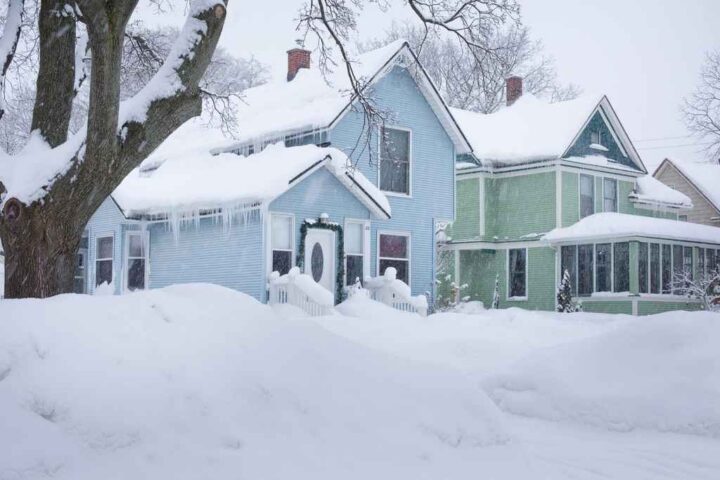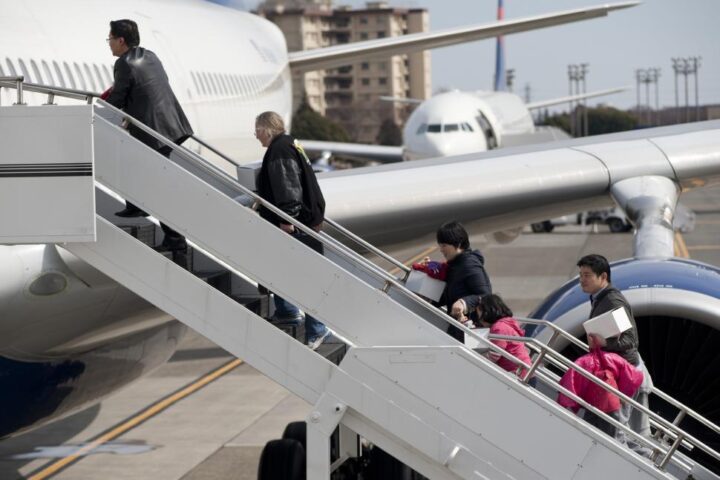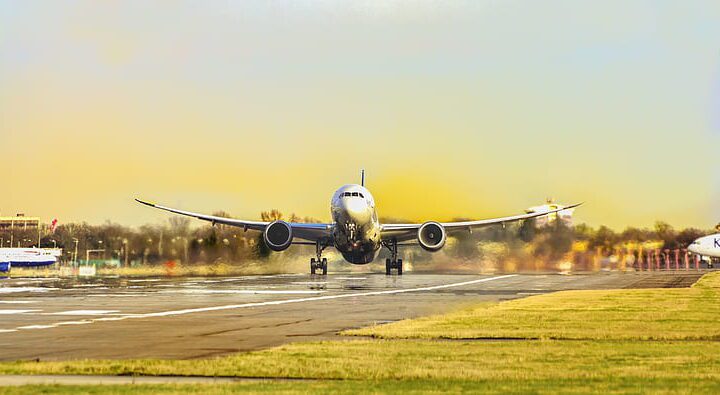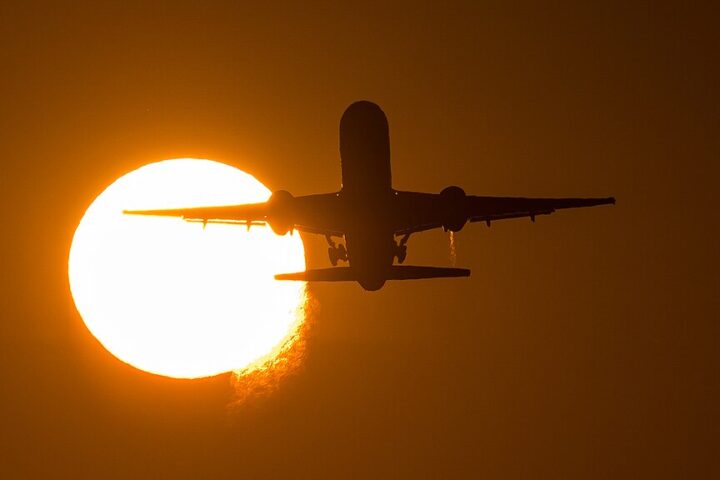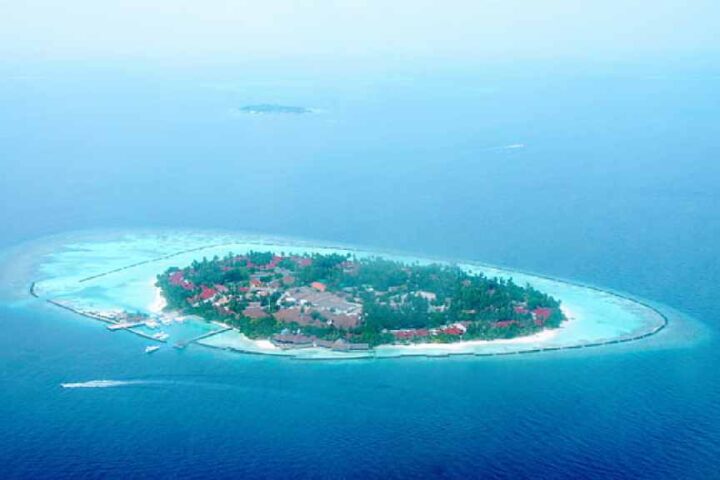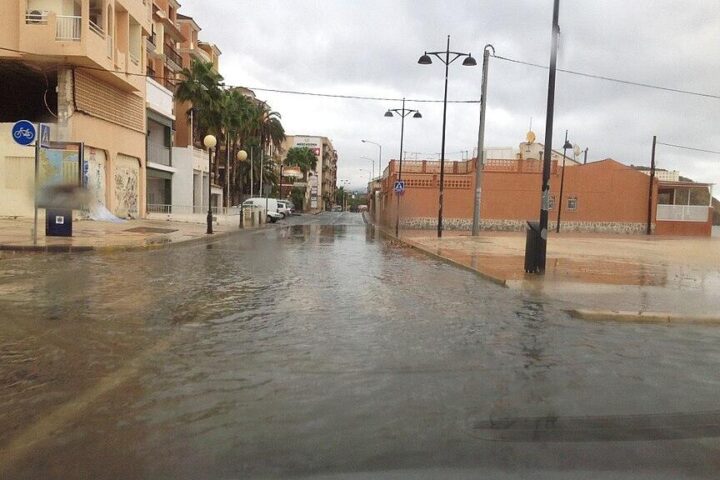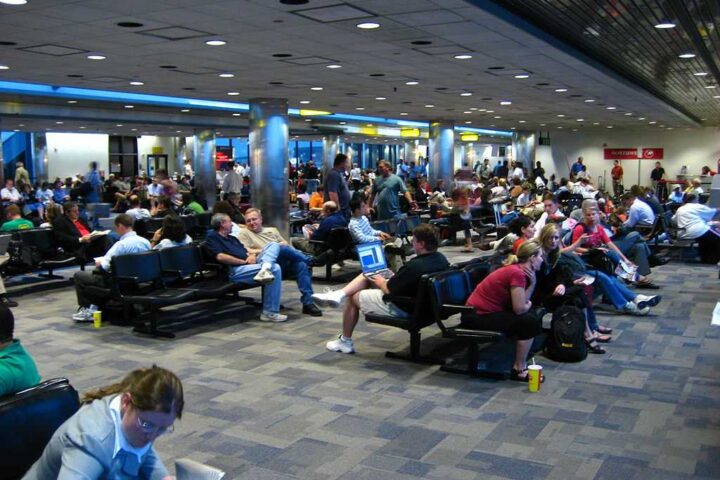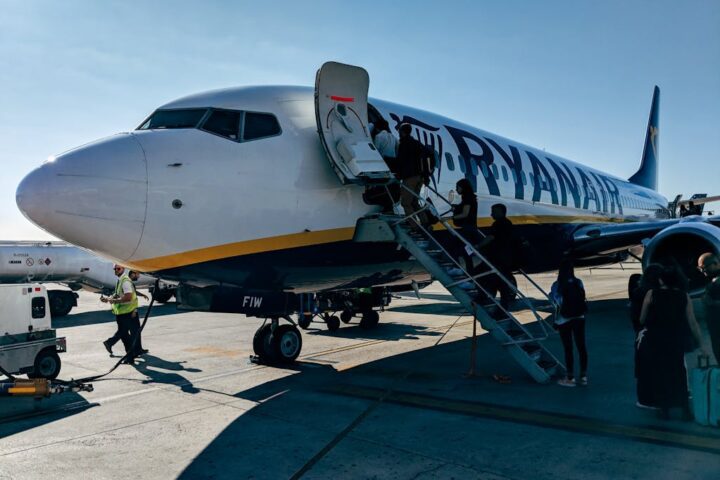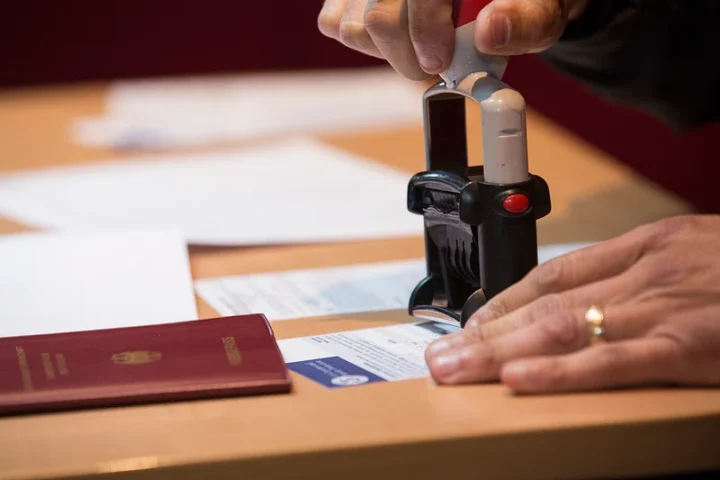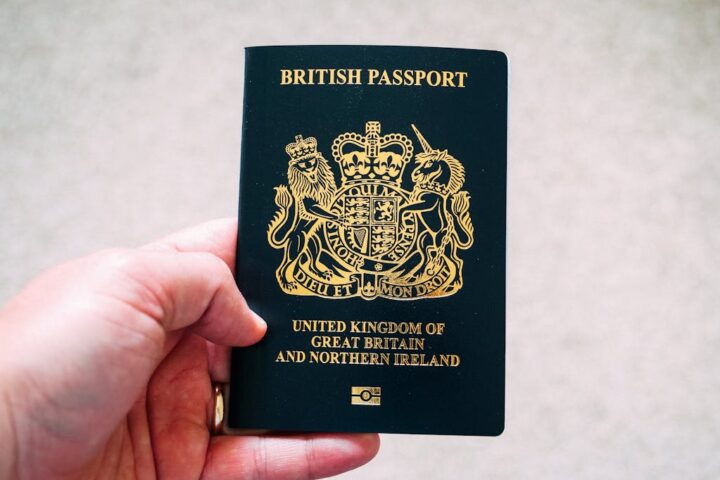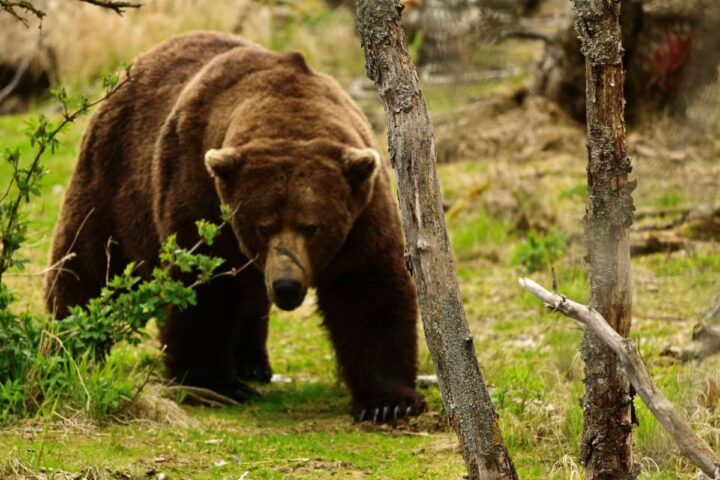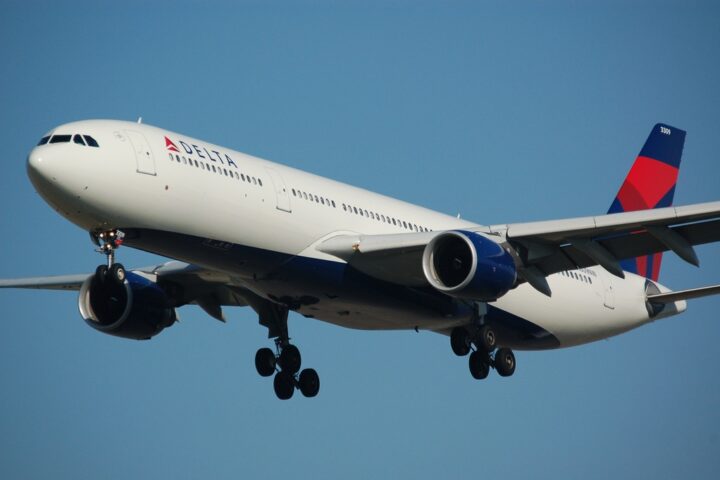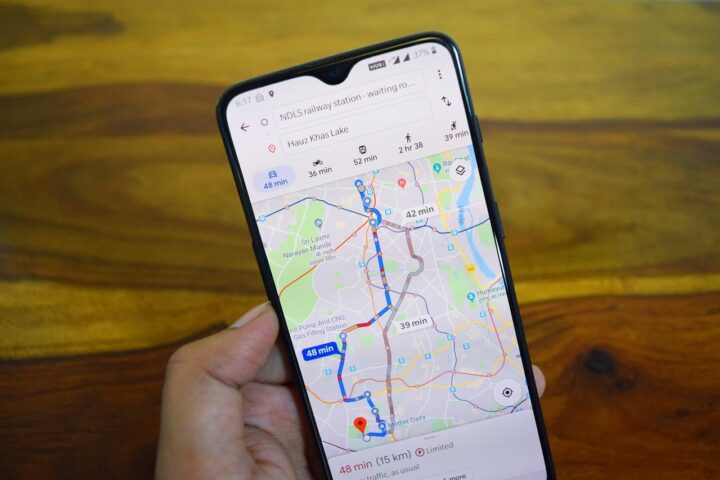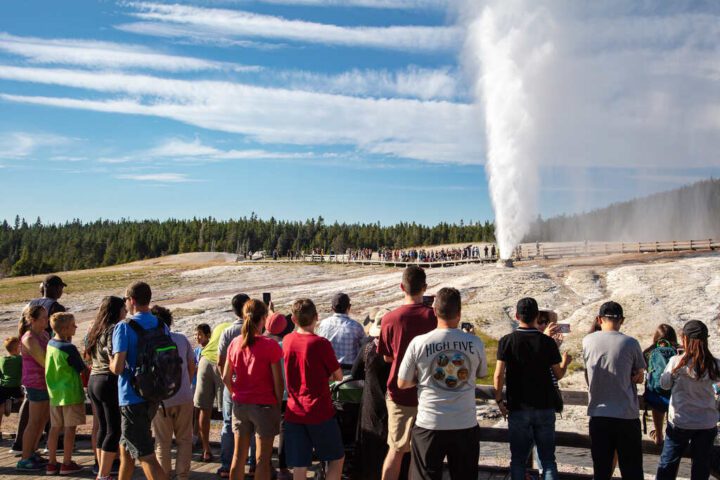In a move that brings both relief and lingering questions, Governor Glenn Youngkin announced the phased reopening of the Blue Ridge Parkway following its indefinite closure due to Hurricane Helene. The nation’s most-visited park is set to welcome visitors once again, starting October 11, 2024, but the reopening comes with a host of caveats and concerns.
Phased Reopening and Immediate Impact
The reopening will occur in stages, with the initial phase covering milepost 1 to milepost 198. This stretch will have a soft opening on Thursday, October 10, followed by a formal reopening on Friday, October 11. The section from milepost 198 to milepost 217 at the North Carolina state line is slated to reopen the following week, with the exact date yet to be announced.
Governor Youngkin emphasized the economic significance of this reopening, stating, “This is fantastic news for our communities, especially for the small businesses that rely on parkway travelers for their livelihoods.” The prolonged closure during the peak fall foliage season has undoubtedly taken a toll on local economies, and this reopening is expected to provide a much-needed boost.
Logistical Challenges and Visitor Advisories
While the reopening is a positive step, it comes with several logistical challenges:
- Campground Operations: National Park Service campgrounds will operate on a first-come, first-served basis until October 14, after which existing reservations will be honored.
- Trail Safety: Visitors are advised to exercise caution as trail assessments have not been completed in all areas.
- Reduced Services: Due to staffing shortages, visitors may encounter reduced services. Many employees are assisting with operations in North Carolina, where the storm’s impact was more severe.
Ongoing Closures: Areas previously closed for construction will remain closed.
Tracy Swartout, superintendent of the Blue Ridge Parkway, acknowledged the ongoing challenges, particularly in North Carolina: “While we celebrate this achievement, we also recognize that significant and, in some cases, long-term work remains in North Carolina.”
Recovery Efforts and Environmental Impact
The reopening is the result of extensive recovery efforts involving Blue Ridge Parkway staff and National Parks Service (NPS) employees from 32 states and the District of Columbia. However, the full extent of the environmental impact remains unclear. The hurricane caused extensive damage, including fallen trees and landslides, but a comprehensive assessment of the long-term effects on the parkway’s ecosystem is yet to be conducted.
Economic Implications and Community Response
The reopening is expected to have significant economic implications for the region. Local businesses that depend on parkway travelers have been hit hard by the closure during the peak fall season. While the reopening is welcome news, it remains to be seen how quickly these businesses can recover from the losses incurred during the closure.
One user responded on social media about the news of the park reopening, “This hurts my heart. Hopefully enough of it can be repaired enough to reopen in spring. The many trees down can never be replaced, though on the plus side some new views have opened up.”
Similar Posts
Comparative Analysis and Future Preparedness
This isn’t the first time the Blue Ridge Parkway has faced closures due to natural disasters. However, the scale of damage caused by Hurricane Helene appears to be more extensive than in previous incidents. This raises questions about the parkway’s preparedness for future extreme weather events, which are becoming more frequent due to climate change.
“Human-caused climate change has exposed the US national park area to more severe increases in heat and aridity than the country as a whole and caused widespread impacts on ecosystems and resources.” said Dr. Patrick Gonzalez, Principal Climate Change Scientist for the National Park Service, in a report.
“Scientific research in national parks has detected numerous changes that analyses have attributed primarily to human-caused climate change. These include a doubling of the area burned by wildfire across the western US, including Yosemite National Park, melting of glaciers in Glacier Bay National Park, a doubling of tree mortality, including Sequoia National Park, a loss of bird species from Death Valley National Park, a shift of trees onto tundra in Noatak National Preserve, sea level rise of 42 cm (17 in.) near the Statue of Liberty National Monument, and other impacts.” explained Dr. Gonzalez. “Without emissions reductions, climate change could increase temperatures across the national parks, up to 9ºC (16ºF) by 2100 in parks in Alaska,” he added.
Conclusion
The reopening of the Blue Ridge Parkway marks a significant step in the recovery from Hurricane Helene. However, it also underscores the ongoing challenges faced by national parks in an era of increasingly severe weather events. As visitors return to enjoy the parkway’s scenic beauty, questions linger about long-term environmental impacts, economic recovery, and future preparedness.
For now, the parkway stands as a testament to both the destructive power of nature and the resilience of those who work to preserve these natural treasures for future generations. Visitors are encouraged to check the Blue Ridge Parkway website (www.nps.gov/blri) and social media platforms (@BlueRidgeNPS on Facebook, X, and Instagram) for the latest updates as the reopening progresses.



